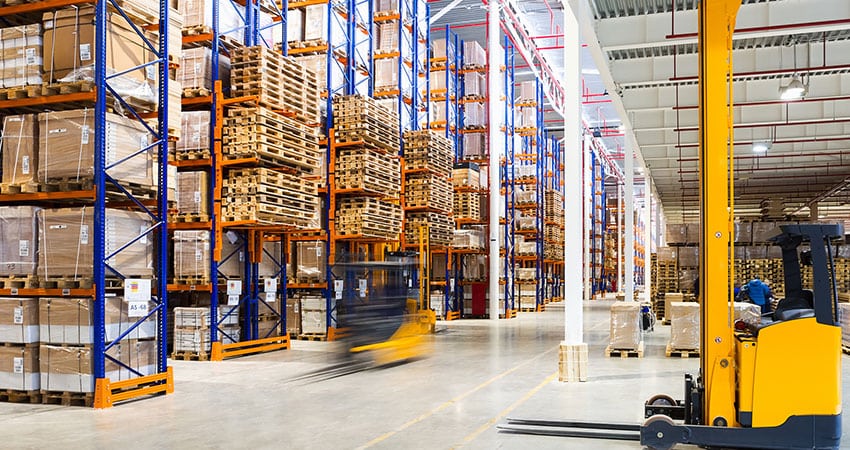“In a chronically leaking boat, energy devoted to changing vessels is more productive than energy devoted to patching leaks.” – Warren Buffett
The decision to change your third-party logistics provider should not be taken lightly, but sometimes it can be the most effective way to move your business forward. Thinking about making a change? The following guidelines may be helpful in considering why, when and how to switch your 3PL.
Why Change Providers?
Whether you’re considering outsourcing for the first time or your long-term partner just isn’t measuring up, there are a number of reasons to change third-party providers.
- Changes in order volume: If you have achieved significant business growth you may simply outgrow the capabilities of your 3PL. Or, if you experience dramatic fluctuations in sales volume due to seasonal promotions or business fluctuations, you may find that your current provider lacks the flexible space and staffing required to handle the peaks and valleys.
- Increasing complexity: For many companies, order fulfillment has become quite complicated. You might decide to seek out a provider that can offer strategically located distribution centers, more robust order management technology or product customization capabilities to streamline your fulfillment operations.
- Rising shipping and fulfillment costs: If warehouse space and labor, freight costs and/or technology requirements are taking a serious toll on your bottom line, it may make good business sense to find a partner that can reduce your overhead and better manage transportation costs.
- Service failures: Ensuring a positive experience for the customer should be your 3PL’s top priority. Inventory issues, inaccurate orders and delivery delays are all telltale signs that it’s time to find a more qualified provider.
When Should You Make a Change?
When changing providers, it’s wise to carefully consider the timing of the transition. Many merchants’ search for a new provider coincides with the start of a new calendar or fiscal year – budgeting in the fourth quarter so they can begin operations in the first quarter of the new year. Ideally, the change can be made during a quiet period operationally.
It can also be helpful to transition to a new provider before adding a new product line or entering a new market. Of course, if service failures are an issue, it’s best to make the switch immediately.
How to Develop an Effective RFP
When you’re ready to make a change, give careful thought to how you frame up your request for proposal (RFP). Start with the end game in mind. What does your desired outcome look like? Which features are most important in your decision-making process?
Provide an overview of your company and explain what you’re looking for. Include specifics regarding order volume data, product specifications, seasonal/promotional fluctuations, storage component needs, inbound/outbound delivery requirements and timeline.
Identify all the areas that are important in your selection process. While by no means exhaustive, the following checklist can be a helpful guide:
- Optimal DC network configuration
- Shared space vs. dedicated facilities
- Technology requirements (OMS, WMS, TMS, etc.)
- Customization/personalization
- Call center support
- Processing returns/exchanges
- Delivery requirements
- Quality management
Take time to define operating assumptions and identify any operational variances. The more detail you can provide, the more accurate the bids you’ll receive.
Finally, establish expectations for continuous improvement. Ask what techniques and processes they have in place to fine-tune the operation as your business grows and evolves.
Ensuring a Smooth Transition Process
Once you’ve found the right partner, you need to plan for a seamless transition. It is important to have clearly defined processes in place to uphold customer service levels, maintain speed to market and control costs.
Your new 3PL should take the time to thoroughly understand your requirements and define the project scope up front. Work with them to assemble a qualified transition team made up of key players from management, human resources, safety and process engineering teams.
Together with your team, develop a comprehensive action plan for go-live. Identify necessary tools, available resources, incremental steps, key milestones and due dates up front to help avoid surprises.
When it’s time to implement the transition plan, your 3PL should monitor progress, track the budget, provide ongoing communication and implement contingency plans as needed to ensure a seamless transition. Once operations are fully functional, they should conduct a post-implementation review to help assess the process and identify areas for fine tuning.
If “changing vessels” makes sense for your organization, thorough and thoughtful planning will help to establish a solid foundation for a long-term partnership.
Jeff Jones is VP, business development, order fulfillment for Saddle Creek Logistics Services

